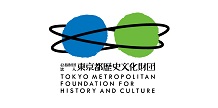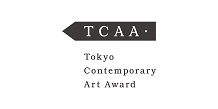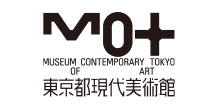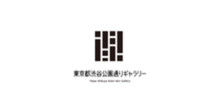Miya HANNAN
- TOP >
- Archives >
- Residency Program >
- Miya HANNAN
Research Residency Program
update: 2024.12.6
Miya HANNAN
| Participating Project | Research Residency Program |
|---|---|
| Activity Based | Reno, Nevada (USA) |
| City / Place stayed | Tokyo |
| Period | 2024.5 - 2024.7 |
Purpose of the residency
My current art project is based on the hidden history of Japanese Northern Pacific Railway workers who moved to the Intermountain West in the late nineteenth century and now lie buried in the Missoula City Cemetery. Little is known of them except for their names and birthplaces. During the program at TOKAS, I will be conducting deep research and writing an essay on the history and writing an essay. Even though my artwork will be abstract, it is important for me to know the historical background of these workers.
Plan during the residency
- Research on the background history around the railroad workers at the National Diet Library in Tokyo
- Visiting the Immigration Center in Yokohama and Kobe to gather information
- Meeting with historians who have both written about the history of Japanese migrants to the US
- Writing an essay with information on the subject
- Planning an art installation
Activities during the residency
I participated in the program to research the history related to Japanese immigrants who went to the USA to work for railway companies around 1900. This is a minor history with very few documentaries in the USA. The first half of the time, I visited the National Diet Library in Tokyo to gather information about the history. Then, I visited ten locations in Japan, such as Hiroshima, Okayama, and Fukushima, where immigrants were from, to collect soil samples that I will use for my future artwork. Towards the end of the residency, I prepared for the OPEN STUDIO by writing and printing an essay about history, making some drawings, and printing pictures found in the archives of various institutions in the USA.
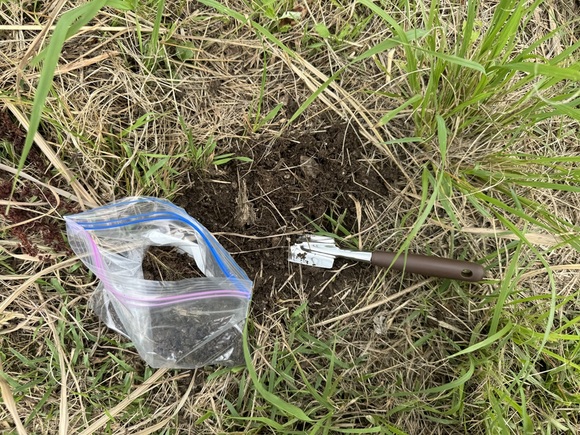
Soil I picked up
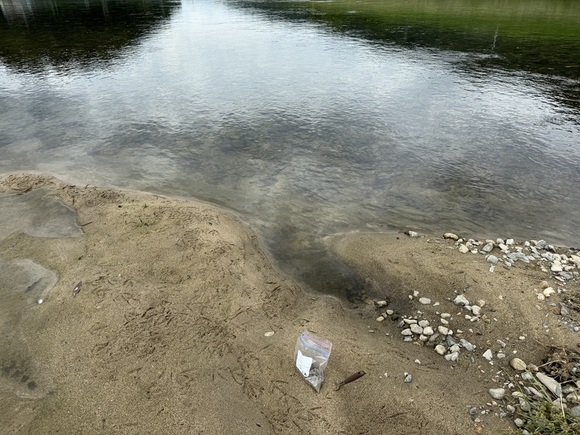
Soil I picked up
Outcome of the residency
The residency was productive for me. I was able to gather more information than I expected at the National Diet Library. Finding diaries and notes by immigrants at the time was especially fantastic, and they inspired me to plan my future artwork. Another achievement was that I was able to find the hometowns of the immigrants I was tracing. This led me to visit the towns to collect soil samples, also for my future artwork. Dealing with history for art practice is a sensitive matter. The information and materials I obtained this time provided me enough confidence to deal with this particular history and much inspiration to start creating artwork after the residency.
In addition, thanks to staff members at TOKAS, I was able to make some valuable connections that might lead me to future opportunities. I was introduced to several people related to immigrant institutions and another residency. I was also able to meet them during and after the residency. This introduction also brought me other relationships that might be good for my future practice.
As a large-scale installation artist, spending a solid amount of time on research and preparation for future works was a good idea, and I would not have done anything differently.
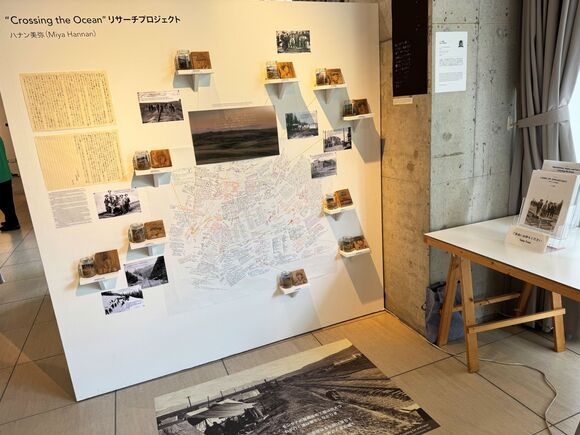
Presentation panel
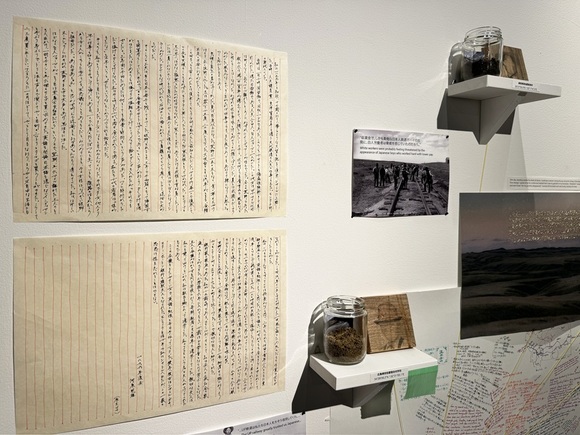
Presentation panel
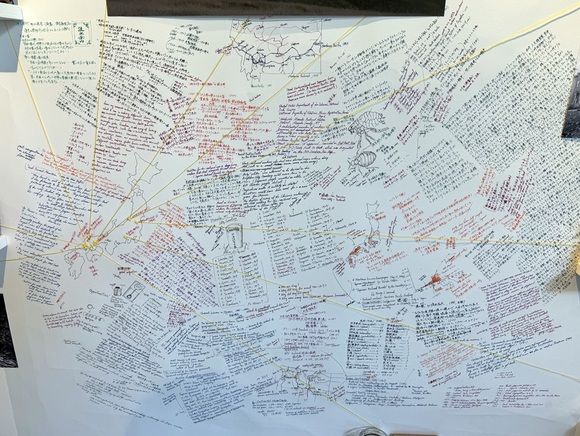
Presentation panel (detail)

Presentation panel (detail)




